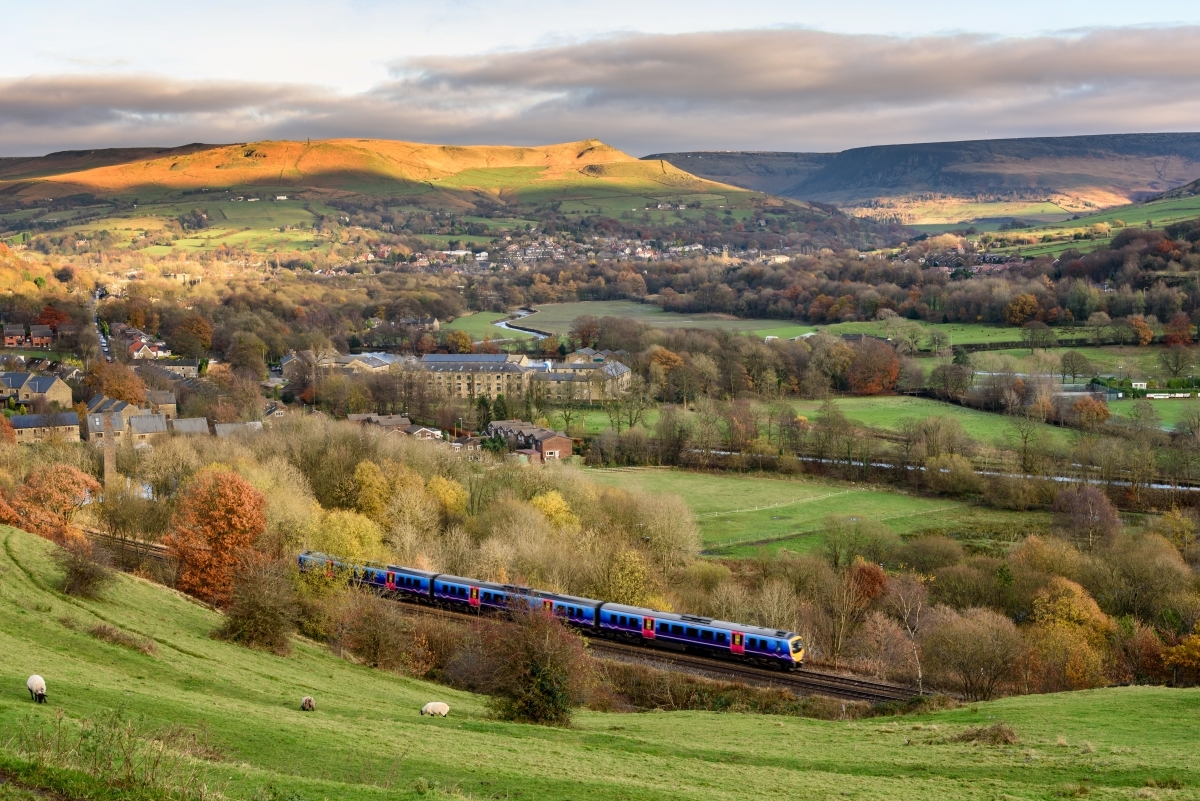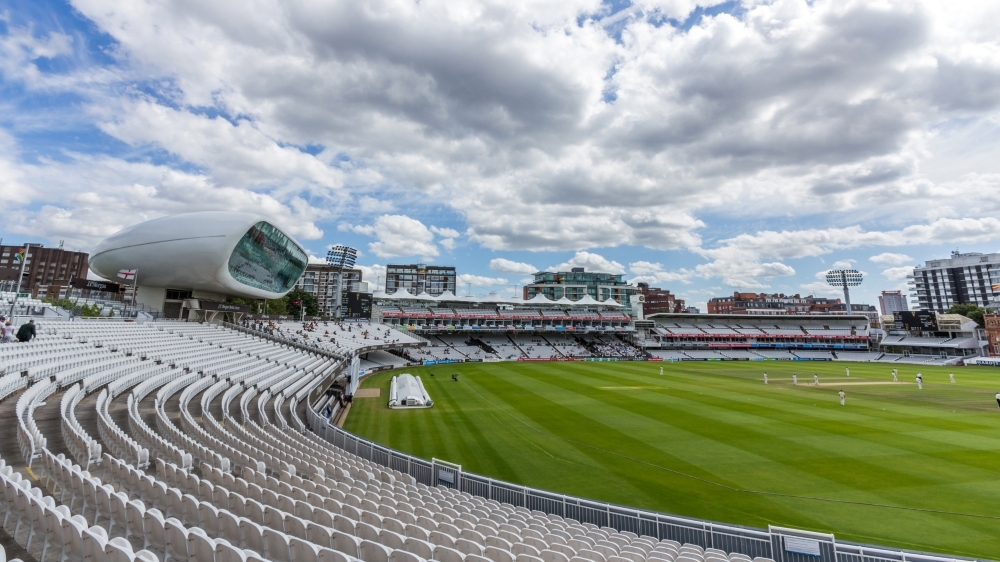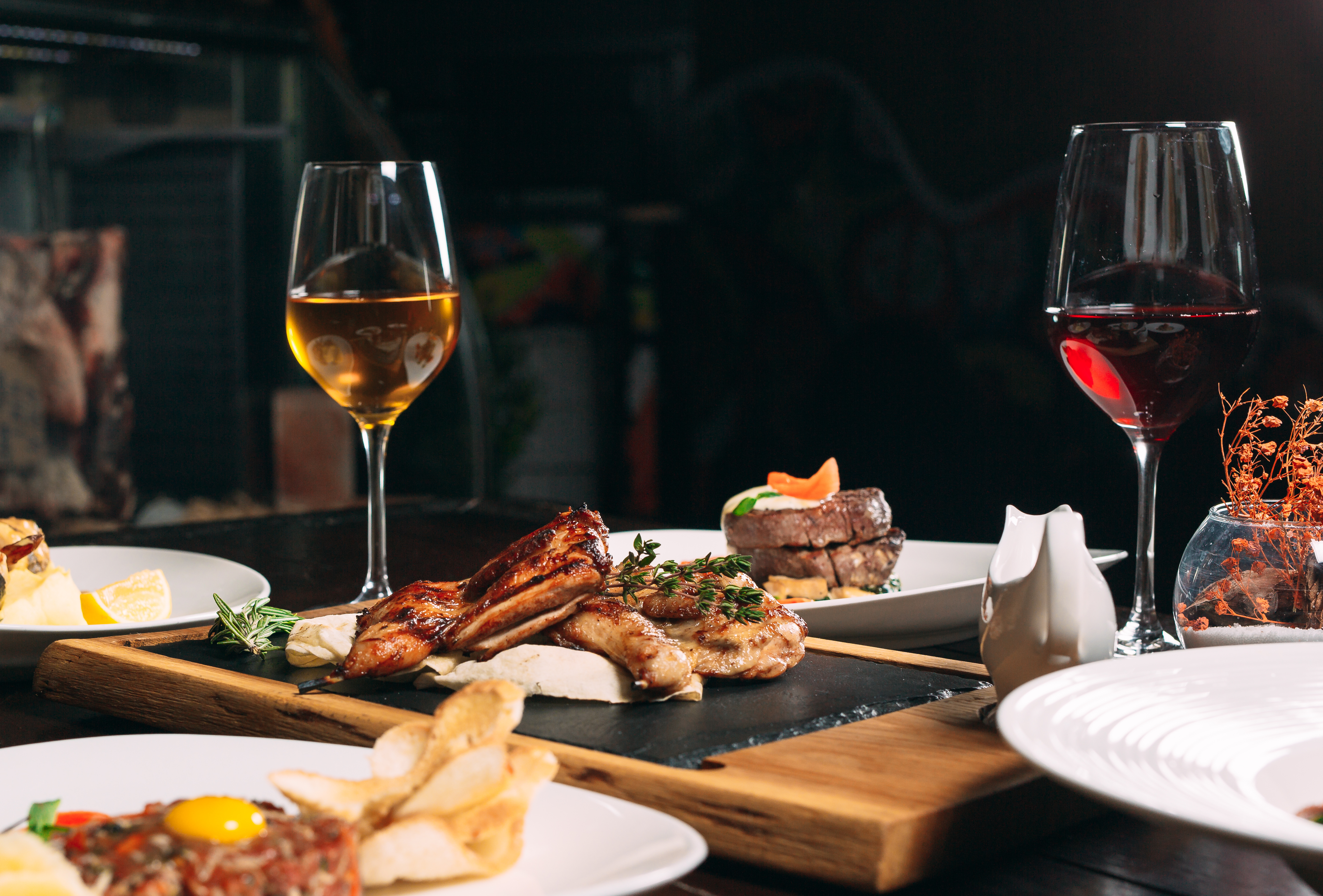Best Areas To Live In Bristol
With an exciting creative landscape, a world-renowned university, and a famously sustainable cityscape, Bristol is England’s very own bohemian paradise. The city’s undulating streets are full of vibrance and whimsy, lined with graffiti-ridden walls, art galleries, upscale thrift stores, and captivating period architecture.
The Times named Bristol one of the best places to live in the UK. The harbourside city’s economy, which is the sixth-highest in the UK, is expected to soar by 8.9 percent in the next five years, making it one of Britain’s fastest-growing economies. Armed with accessible healthcare, a robust housing market, high purchasing power, and a favourable climate, Numbeo found that Bristol offers a great quality of life. Characterised by a warm community and a lively social scene, Bristol is unsurprisingly the seventh happiest city in the world.
A famous university city, Bristol’s youth culture is distinctively spirited, with a vivacious music scene and a strong creative pulse. As such, media and communications, art, digital services, and advanced engineering mainly drive the city’s economy.
Read on to discover the best areas to live in Bristol.

Westbury on Trym
Westbury on Trym is Bristol’s very own historical quarter, predating the city by more than 1000 years. Sliced by the River Trym and replete with grand landmarks, the neighbourhood is also a picturesque walking route.
Westbury on Trym began as an Anglo-Saxon kingdom and went on to evolve under several hegemonies. The region has always brimmed with immense commercial prospects and prosperity, hosting a university, a monastery, and a church by the Middle Ages. It grew into a large and affluent parish with well-paved streets and delightful villas in the early modern period.
Today, Westbury on Trym is one of Bristol’s most expensive neighbourhoods. There are listed buildings and heritage sites lurking in every corner, such as the 12th century Church of the Holy Trinity, a 15th century gatehouse, and the remains of its 13th century college. Engulfed in a sense of history, the locale is also home to a dated cinema hall, a zoo housing 400 species of rare fauna, a diverse range of Indian and Thai restaurants, and myriad charity shops. The neighbourhood is also bounded by the 400-year-old Badock's Wood, which blossoms with luxuriant verdure and wildlife.
The leafy colony hosts several independent schools for young children and middle-schoolers, in addition to an attractive housing market comprising detached bungalows, period buildings, and contemporary developments.
The average price of a residence in Westbury on Trym is around £520,000.
Also Read: Best Places to Live In Coventry for Families
Clifton
Clifton is Bristol’s most exclusive and illustrious postcode, abounding with luxury residences, lovely Georgian architecture, and upmarket shopping centres. Poet Sir John Betjeman famously remarked, "Georgian Bristol, and especially Clifton, is one of the most elegant and beautiful places in England."
The region was built with the profits from the colonial tobacco industry and was manicured to suit Georgian sensibilities. Grand mansions and terraced residences adorned the steep streets and have persisted to this day. It was home to many of England’s aristocrats and industrialists.
Today, Clifton is a haven for period architecture enthusiasts. Home to landmarks like the Clifton suspension bridge and major sections of the University of Bristol, the neighbourhood is thronged with students, young professionals, and tourists. There’s also a vast range of upmarket boutiques, pubs, restaurants, and independent businesses, creating a harmonious blend of old-world charm and modernity.
In addition to beautiful Victorian villas and Georgian bungalows, Clifton is also home to Clifton College, one of the city's premiere boarding schools. As such, residents can benefit from the neighbourhood’s rich cultural heritage while also obtaining quality education for their children.
A highly prestigious locale, the price range for houses in Clifton is between £528,000 and £652,200.
Also Read: Best Areas to Live In Yorkshire
Stoke Bishop
Stoke Bishop is Bristol’s sequestered nature retreat, perched by the River Avon and enveloped by the Downs’ bosky expanses.
Initially a Roman port, Stoke Bishop was an ecclesiastical estate under the Bishop of Worcester until the English Reformation. During the reign of King Henry VIII and later in the 18th century, most of this area’s lands were sold to private owners, leading to the establishment of grand manors and estate mansions.
Steeped in architectural finesse and rich landscapes, Stoke Bishop is a paradise for nature lovers and history buffs. Druid Hill is lined with picturesque local shops, including the famous Aimee’s Wine House. The manorly buildings serve as luxury residences and also encompass educational institutes such as Trinity College. There’s also the St. Mary Magdalene Church and scenic open spaces ideal for a morning jog – such avenues foster a strong sense of kinship, community, and security.
Replete with period homes, properties in the leafy colonies of Stoke Bishop typically cost around £761,000.
Also Read: Best Place to Live In North Yorkshire
St. Andrew's
St. Andrew's is the city’s quaint Victorian enclave, dotted with archaic villas as well as World War-era architecture.
The neighbourhood was built as St. Andrew's Park Estate in 1895, with verdurous parklands and imposing Victorian villas. The region remained largely unchanged until the mid-20th century when rebuilding initiatives were undertaken in the aftermath of World War II.
St. Andrew’s is a highly coveted homestead, with a beautiful collection of family homes and the renowned St. Andrews Park, which forms the core of the neighbourhood. The park serves as a vital community centre, with a football field, a children’s playground, and a paddling pool. It is home to a plethora of upscale bars and restaurants, in addition to two schools for young children. Located within proximity of the city centre and home to two major train stations (Redland and Montpelier), St. Andrew’s also attracts well-heeled young professionals.
Homes in St. Andrew’s are typically priced between £512,000 and £587,000.
Also Read: Nice Places to Live in Somerset
Bishopston
Bishopston truly embodies Bristol’s vibrant allure with its eclectic collection of independent shops, student-friendly leisure venues, and brightly-hued buildings.
The region was once an assemblage of church lands and was known as Horfield Great Farm. James Monk, Bishop of Gloucester and Bristol from 1836 to 1856 revamped the area by laying out villas, as it presented, according to him, a “great public benefit.”
The main vein of Bishopston is Gloucester Road, which is lined with the flamboyantly designed independent shops the neighbourhood is known for. It is particularly noted for its local produce, making it a favourable locale for those passionate about sustainability. There are two primary schools here, in addition to Victorian villas and 20th century apartments and flats.
A bohemian paradise, the average price range of homes in Bishopston is between £490,000 and £520,000.
Also Read: Rich Areas in Leeds
Montpelier
Montpelier is viewed as Bristol’s hip neighbourhood, thronging with myriad restaurants, bars, graffiti-ridden walls, and quirky signposts. The region was formerly a rural estate until a lido was incorporated here in the 18th century. Eventually, it was developed with the addition of more residences, and the region’s population density increased multifold during the Victorian era.
Travel agency TravelSupermarket called Montpelier the “trendiest” town in the UK based on three factors: the abundance of “cultural outposts” like cafes and vintage fashion boutiques; the immense “creative capital” underscored by the density of creative jobs and industries; and its touristic value.
Montpelier brims with hidden gems, from whimsical pubs to independent cafes and artsy restaurants. Postcard-worthy pastel-coloured homes, street art, tearooms, and bohemian nightclubs forge an inviting and fun-filled youth culture. The locale hosts an array of Georgian homes and Victorian terraces, offering residents a picturesque homestead.
The average cost of a home in Montpelier is around £450,000.
Also Read: Best Areas to Live In Liverpool for Families
Bristol boasts a kaleidoscopic cityscape, with its eclectic social scene, pastel-hued balconies, charming architecture, and artistic hidden gems. Residents are guaranteed an upbeat atmosphere, economic prosperity, and an overall exemplary quality of life. From the historicity of Westbury on Trym to the bohemian spirit of Montpelier, these are the best areas to live in Bristol.



